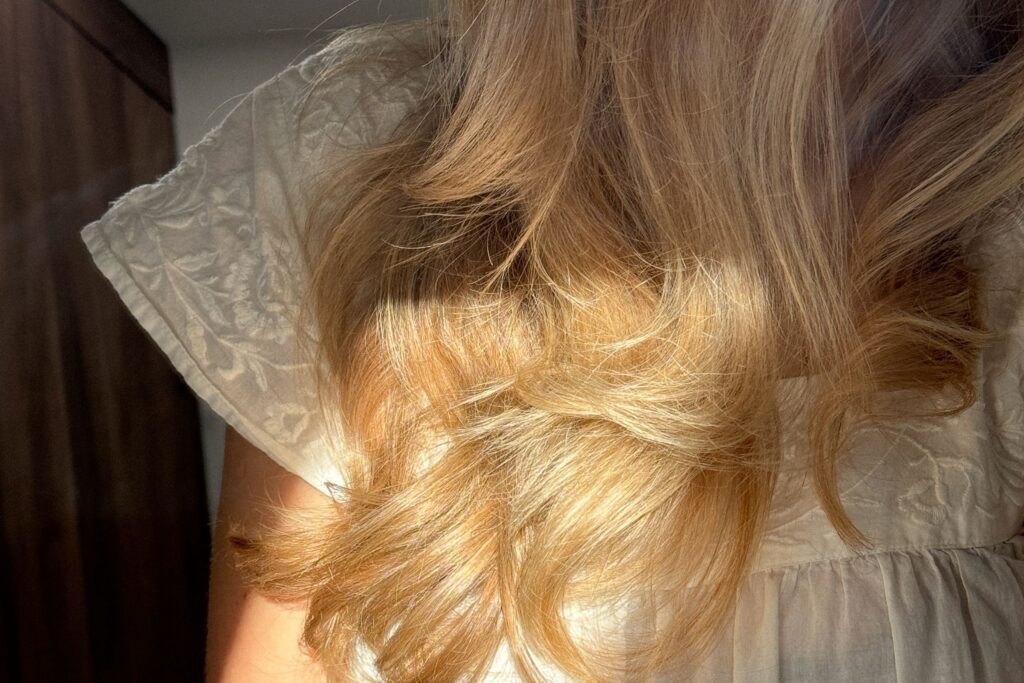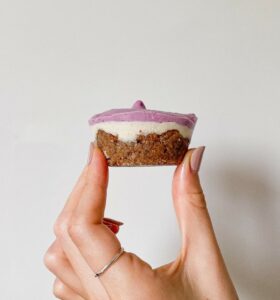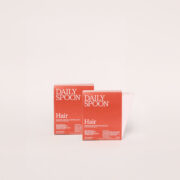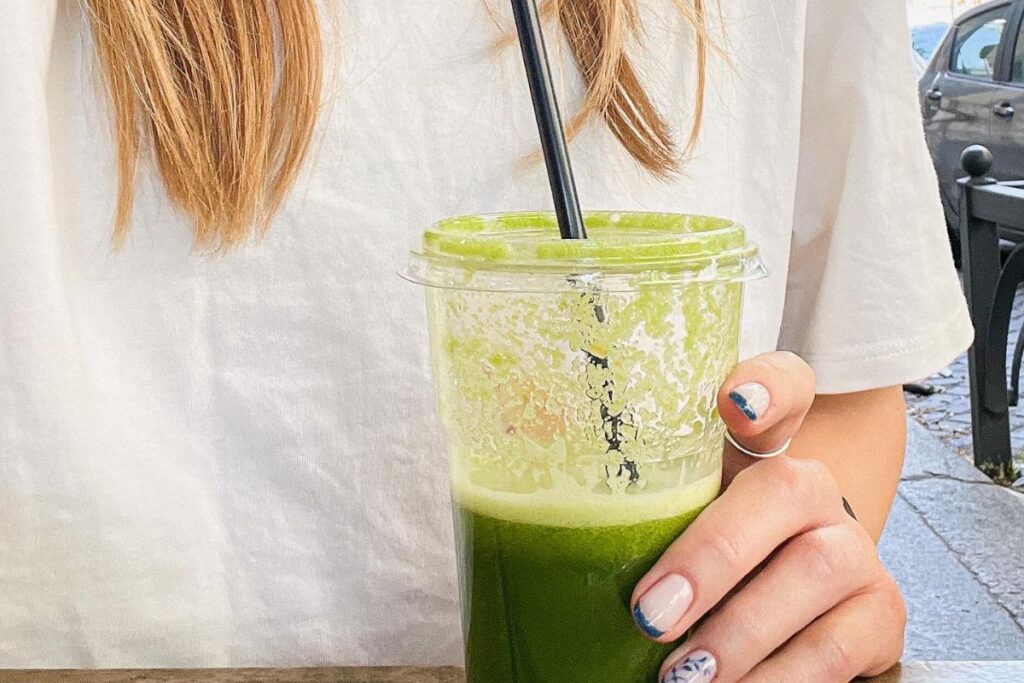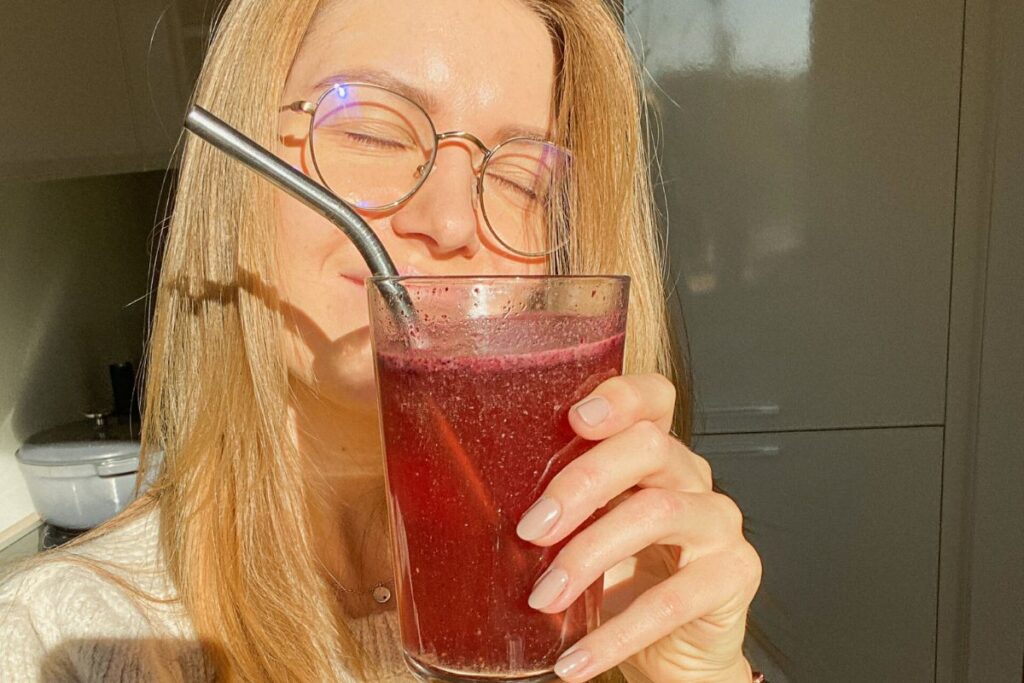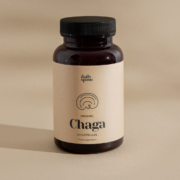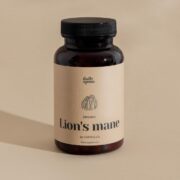First of all, it’s important to remember that the care for thick and thin hair differs. According to the National Center for Biotechnology Information (NCBI) website [1], very thin hair can be much more fragile than other types. Once you identify that you have thin hair, your care routine should change significantly, if not drastically.
By the way, the term “thin hair” means that the individual hair strands are fine, but it can also indicate that the hair is of normal thickness but has significantly thinned due to pathological hair loss, meaning the treatment methods may differ.
When taking care of heavily damaged hair, the key focus should be on repairing damage and preventing split ends.
So, what is the best hair care routine for thin hair, and what rules should you follow if you have thin hair?
Thin hair: main causes
Hair volume is determined by several different factors:
1. Genetics
The tendency to have thin hair can be determined by genetic factors, meaning it’s something we simply inherit, making it challenging to change. How can you thicken your hair in this case? The best options are taking vitamins, making an effort to create the appearance of fuller hair, and trying to lift it at the roots. [2]
2. Stress
A common issue affecting women, especially those aged 30–40 [3], is telogen effluvium.
Hair starts falling out due to an early transition into the resting phase, leading to noticeable thinning and even bald spots in certain areas of the scalp. However, losing up to 50–100 hairs per day is completely normal and isn’t considered hair loss.
3. Hair Damage
If hair is damaged by bleaching, dyeing, heat styling tools, chemical treatments, or a combination of these harmful factors, it can lead to hair breakage, which over time may result in hair loss. A damaged hair strand eventually stops functioning.
Weak, Thin Hair: What to Do? In the following sections, we’ll explore what people with naturally thin hair or hair damaged by harsh treatments can do to improve its condition.
If you’re experiencing hair loss, it’s best to consult a dermatologist. They can help select the right treatments and, if necessary, prescribe medical solutions for hair loss.
Of course, the methods described later in this article can also support hair health, even in cases of severe hair loss, but they should be combined with more intensive treatments.
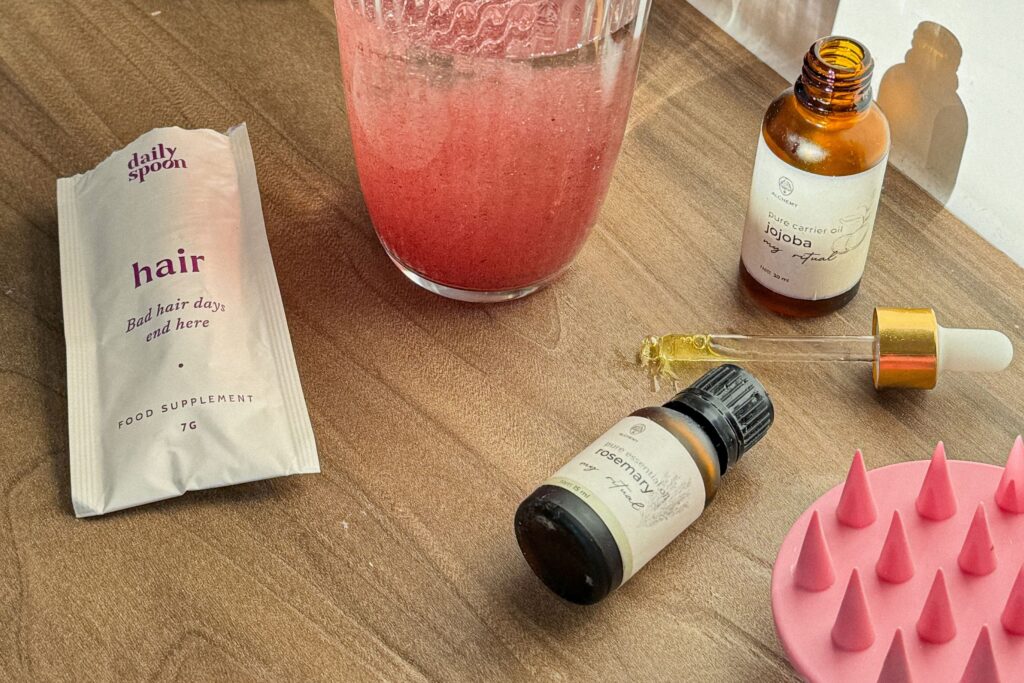
Thin hair care: suitable products and treatments
1. Hair care products
Use dry shampoo alternately. The need to wash your hair more frequently is understandable, but try to resist the urge at least occasionally — frequent washing dries out the hair even more, making it look lifeless and less shiny.
Ideally, wash your hair no more than 2–3 times per week. However, if you have an oily scalp or exercise daily and sweat a lot, you might feel the need to wash it more often.
In such cases, dry shampoo can be a great help. It not only absorbs excess oil but also adds volume to your hair.
If you have very thin hair, pay attention to how you use conditioner. It’s crucial to apply it correctly: start at least 10 cm (about 4 inches) from the roots, focusing only on the mid-lengths and ends. Applying conditioner to the roots can weigh the hair down, making it look greasy. The heavier the hair gets, the flatter it lies against the scalp, making it appear even thinner.
2. Homemade remedies to thicken and volumize hair
Certain natural remedies can also help thicken hair. Some of the most commonly recommended options include:
- Egg yolks
- Aloe vera gel
- Avocados
- Olive oil
- Castor oil
- Coconut oil
- Rosemary essential oil, and more.
These ingredients and their combinations are often used to make hair masks.
For more tips on strengthening your hair at home, check here.
3. Dietary supplements – ideal internal care for thin hair
You’ve probably come across this advice before: to have beautiful, thick hair, you need to strengthen it from the inside, not just the outside. Specially balanced dietary supplements for hair are ideal for this purpose.
It might seem like a smart choice to take simple multivitamins, but randomly chosen supplements may not deliver the desired results, especially when trying to strengthen your hair.
That’s why we recommend the Daily Spoon Hair ritual, developed in collaboration with a PhD in biochemistry, specifically to strengthen hair. It’s packed with essential nutrients for hair health: B vitamins, zinc, copper, selenium, keratin, amino acids, and more.
All these nutrients support healthy hair, improve elasticity, protect cells from oxidative damage, and nourish from within — exactly what’s needed for stronger hair growth.
4. Scalp massage and related procedures – mesotherapy, microneedling, and more
A 2016 scientific study [4] found that scalp massage can help thicken hair, but the massages need to be regular and long-term — lasting at least around 24 weeks.
Microneedling systems are also excellent for improving blood circulation. A special roller covered with tiny needles gently punctures the skin, creating micro-injuries that are painless but stimulate collagen and elastin production. This roller targets areas where hair loss is most prominent, encouraging regrowth.
Additionally, using such tools significantly enhances the absorption of both cosmetic and natural nourishing ingredients, making treatments much more effective.
5. The right hairstyle
The wrong hairstyle can make thin hair look even thinner. Shorter haircuts that create the illusion of fullness are always a better choice for those with fine hair.
Additionally, avoid straightening your hair. If your hair is naturally straight, try curling or waving it — textured waves make hair appear thicker, prevent it from lying flat against the scalp, and add lift at the roots.
For more hair care tips, visit our blog, and don’t miss the chance to try our “Hair” Ritual Set at a special price today.
